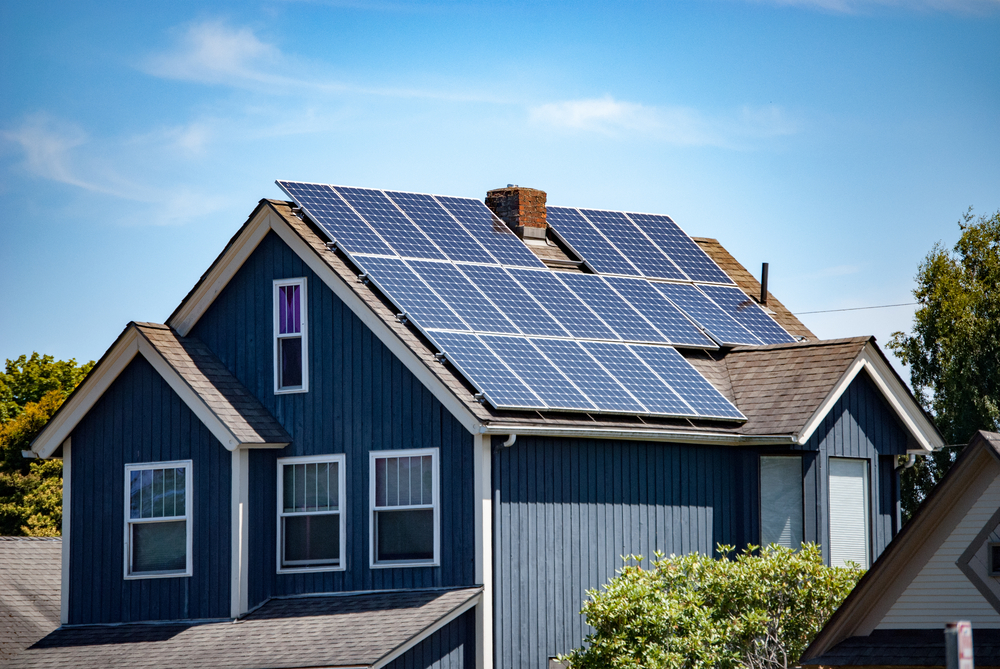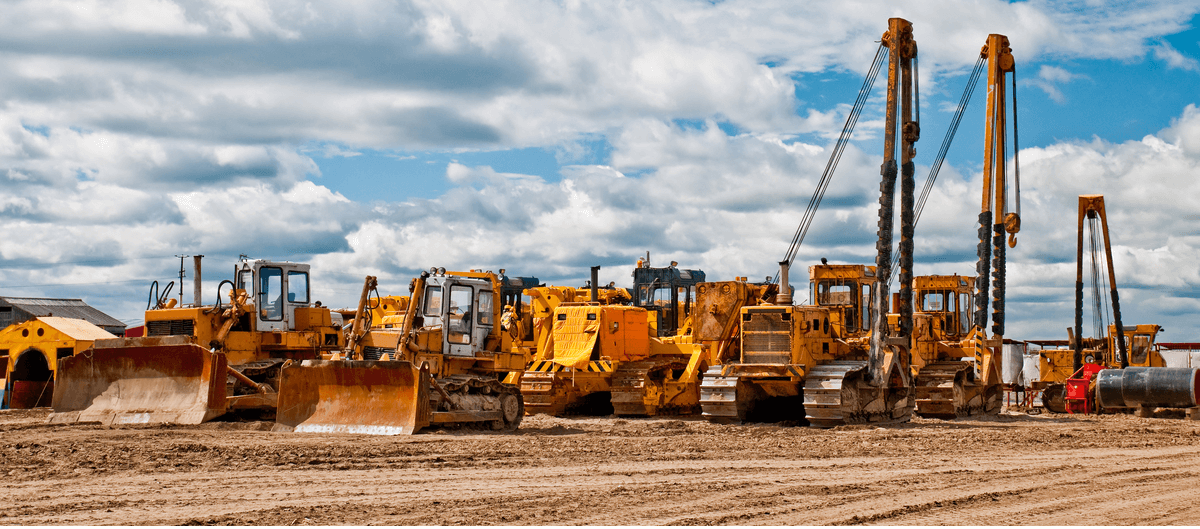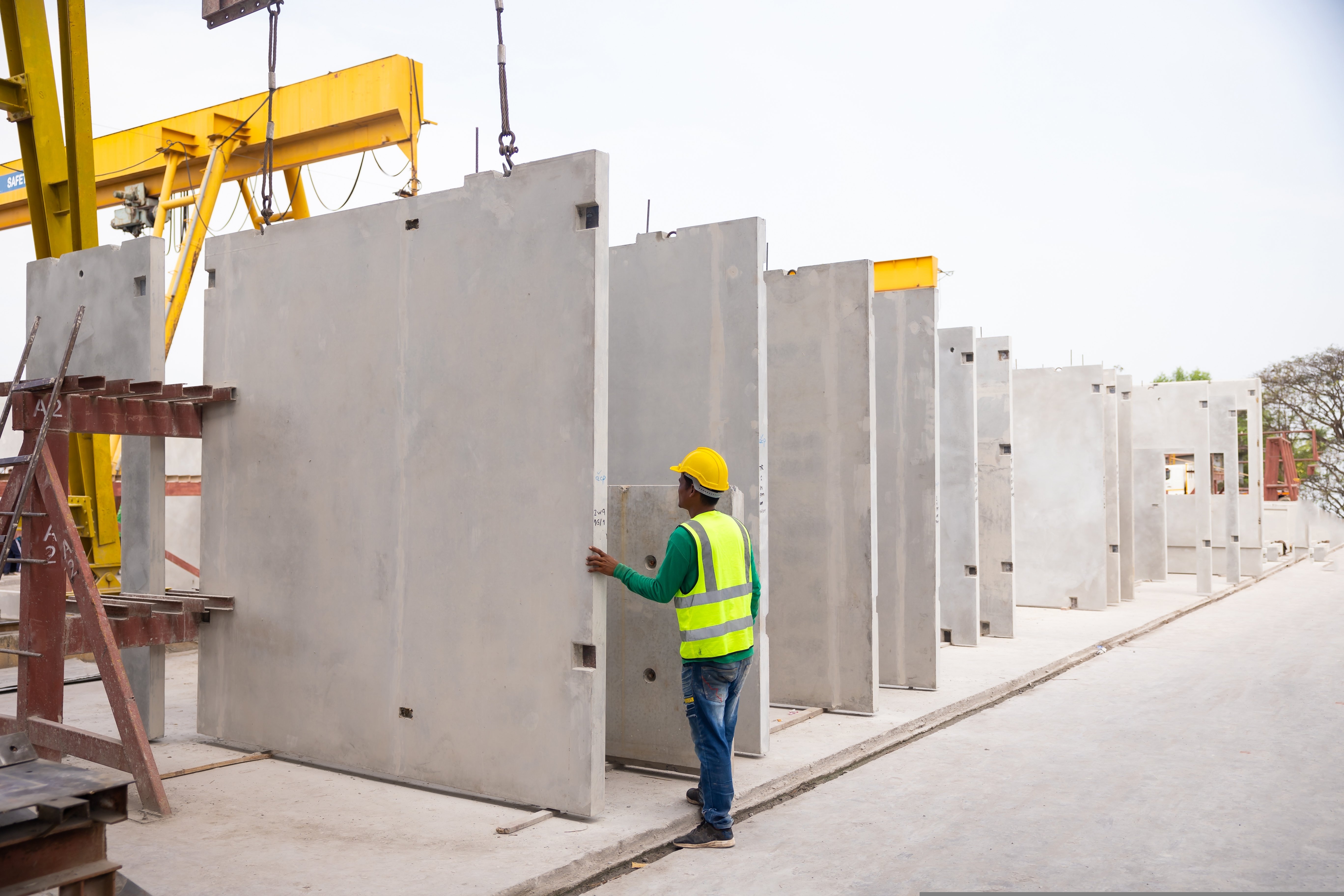Modern building technologies are creating many opportunities to improve energy efficiency. Passive house construction is one of the most popular methods in the green building movement, and it reduces operating costs while improving the indoor environment. Despite its name, the passive house method is not exclusive to residential buildings, and its design principles can also be applied to commercial projects.
A key benefit of passive house design is being able to heat and cool buildings at a very low cost, without affecting comfort. When a building is designed with these principles, it consumes 75-95% less energy than a traditional building. In this article we will discuss the passive house method, analyzing its benefits and technical challenges.
Know more about our Passive House projects
Passive house design started in Germany in 1988, and its original name was Passivhaus. The concept has expanded to many countries and climate zones, and there are now more than 60,000 passive house projects around the world.
Passive House Construction and Green Building
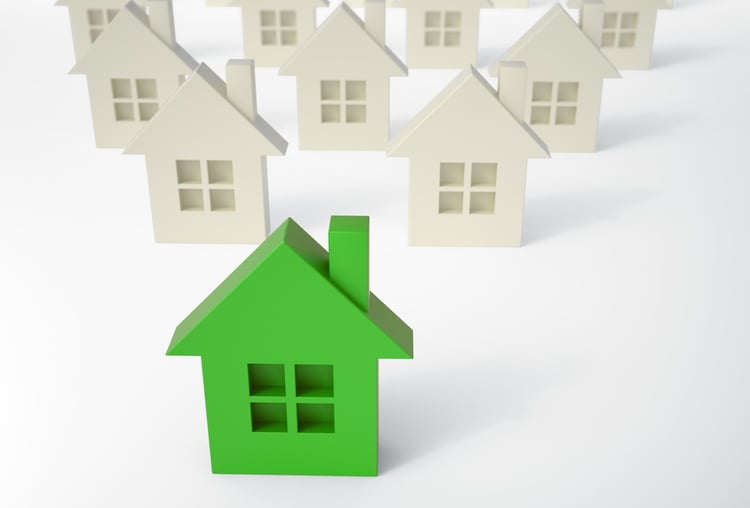
Passive houses are considered green buildings, due to the energy savings achieved during their lifecycle. With traditional construction methods, buildings are strongly dependent on HVAC systems, which account for over 50% of their energy consumption. The main design principle of a passive house is achieving indoor comfort with as little energy consumption as possible. There are many ways to accomplish this, and the following are some examples:
- Thermal mass can be used to capture sunlight during the day, and "free heating" is achieved when materials release their thermal energy at night.
- Indoor temperatures are conserved more easily when the building has a high insulation level and an airtight envelope - walls, floor, roof, etc.
- Energy-efficient windows and smart ventilation can also make buildings less dependent on conventional heating and cooling systems.
When combined, these design features can regulate the indoor environment, keeping a suitable temperature with minimal use of HVAC. Passive house principles can be applied in both new constructions and major renovations, in buildings of any type and size. In renovation projects, it may even be possible to recycle materials as a way to lower construction costs.
Since the passive house design requirements are so demanding, a project that meets them will generally meet energy efficiency codes. Differences can be expected across climate zones, but the passive house performance level normally exceeds codes by far. The reduced energy needs of a passive house project can be easily met with onsite renewable energy, achieving net zero operation.
Advantages of Passive House Construction
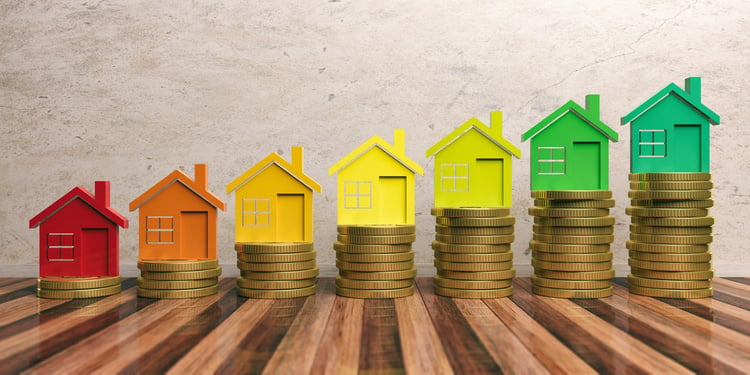
Imagine living in a building with no cold drafts and constant temperature in all rooms, all year long. Passive house construction results in healthier indoor environments, with minimal heating and cooling bills.
- Green technologies developed in recent years can be used to drastically reduce energy costs in homes.
- There is now a wide range of insulation materials available, and mechanical systems are constantly being improved.
Many old buildings have deficient insulation, and their heating and cooling systems have a much lower efficiency than the HVAC technologies available today. By applying passive house concepts when upgrading these buildings, energy savings of over 75% are feasible.
Energy recovery ventilation is used to achieve maximum efficiency in passive house designs. Heat and humidity are exchanged between the air supply and exhaust while reducing cooling costs in summer and heating costs in winter. When combined with smart ventilation controls, an ERV system can keep comfortable indoor temperatures with a minimal energy cost:
- The ventilation rate is decreased when occupancy is low, saving fan power.
- During summer, the exhaust air removes heat from the fresh intake air.
- During winter, on the other hand, the exhaust air supplies heat to the intake air.
The advantages of a passive house include higher air quality and uniform indoor temperatures. There are long-term savings thanks to energy efficiency, and mechanical systems are more compact because their design capacity is lower.
Despite the high-performance level required in passive house construction, the method allows design flexibility to meet the owner's preferences. For example, if a homeowner prefers a large window area, they can have triple-pane coated glass, and the surrounding walls can have extra insulation. However, working with an experienced contractor is recommended, to avoid design decisions with a negative impact on energy performance.
Main Challenges of Passive House Construction
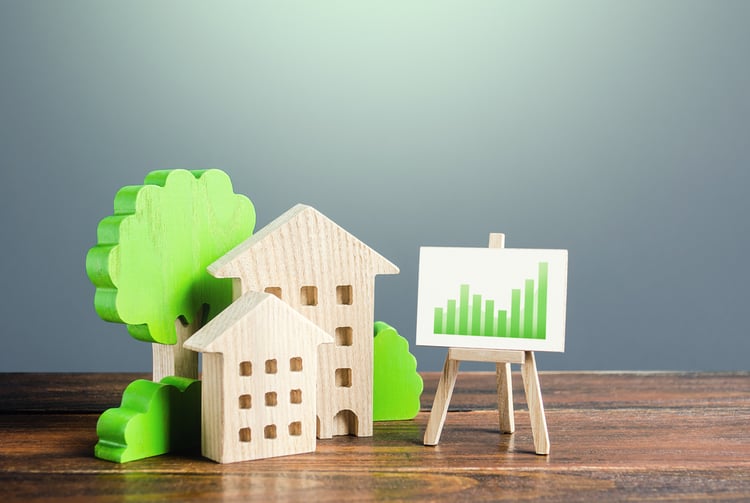
The lack of customer knowledge is a major hurdle for the green building movement in general, and this applies to passive house construction. Many projects are designed to reduce construction costs, even when this leads to much higher energy bills over time.
The initial costs of a passive house project are 10-30% higher than those of traditional construction, on average. In addition, passive house construction can be challenging in locations with very cold winters or hot summers.
- Backup heating and cooling systems become necessary, and builders may require plenty of insulation to stay below the limit of 15 kWh/m2/year.
- The required energy performance can also limit window area, and those used must have triple glazing and low-e coating.
The decision to build a passive house project can be approached from a financial standpoint. Energy savings of over 90% are possible, but meeting the Passivhaus standard can have a very high cost in places with extreme temperatures. Owners must weigh utility savings against construction costs, and decide if the return on investment is attractive.
Working with an experienced contractor is very important in a passive house project. Thermal bridging is a common issue that affects buildings, and it happens when insulation layers are displaced, creating a spot with high heat loss. This can have a major impact on energy efficiency in Passivhaus projects.
Conclusion
Passive house construction can greatly reduce heating and cooling costs in buildings, and the concept is not limited to the residential sector. The main benefits of a passive house project are durability, high air quality, occupant comfort, and potential energy savings of over 90%. However, working with an experienced design firm and contractor is recommended, since the Passivhaus standard is technically challenging.
What do you think about passive house construction? Leave your comments below and tell us about your favorite green building trends. To read more about the topic, download our free guide: The Top 10 Inventive Green Engineering Trends for 2017.
The first step to saving energy is knowing how your building uses it. NY Engineers can analyze your consumption with energy modeling: call or write at info@ny-engineers.com.



